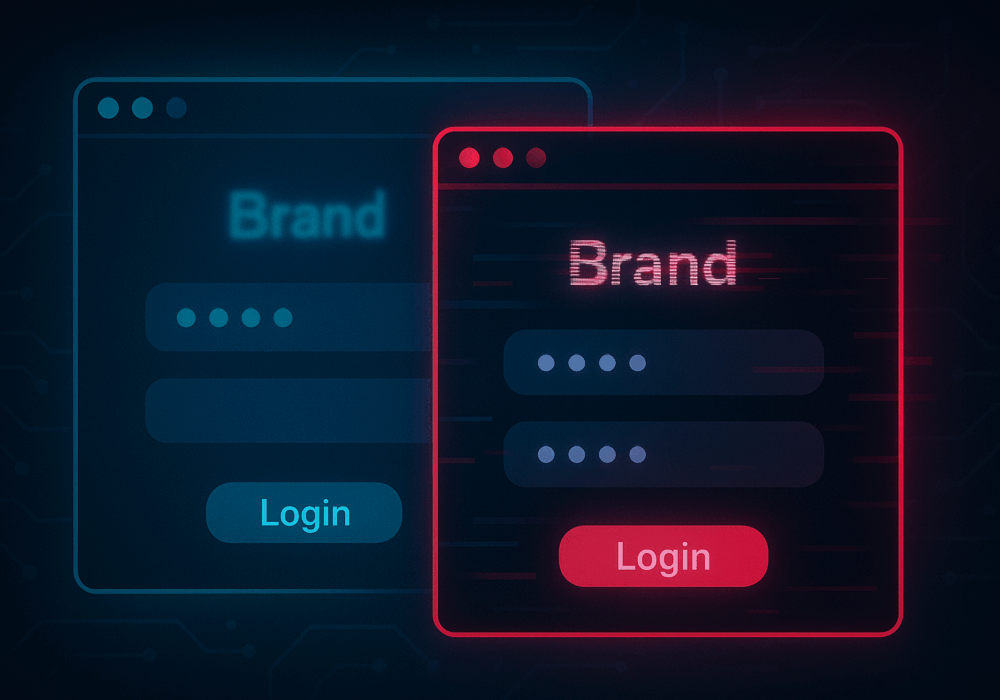This bug is one of seven critical fixes released this month by Microsoft. It closes a security hole that could lead to remote code execution (RCE), meaning someone outside your network could trick a computer inside your network into running a program without asking for permission first. There is no pop-up shown at all to the user asking them for permission (Yes or No). The hackers simply give a command to the vulnerable computer and the malware runs.
Most RCE vulnerabilities are wormable, giving the RCE bug the ability to spread quickly to other machines. In other words, a hacker can use the vulnerability to locate and infect a victim’s computer (Victim 1) with the malware, then instruct Victim 1 to locate and infect another victim (Victim 2) with that same malware. That 2nd machine then tries to locate Victim 3…and so on, perhaps forever.
It means you should update your Windows devices as soon as possible. Always be on the lookout for the Microsoft Patch Tuesday for critical patches to your devices.
As with any Microsoft patch, there are potential downsides to installing these patches immediately. While the risk of RCE is present, know that CyberHoot is hearing that a remote access protocol known as L2TP breaks with this month’s round of patches installed. If you’re using LT2P do your research and determine if there are other ways to mitigate this risk. For more details on the L2TP break, read this article.
Discover and share the latest cybersecurity trends, tips and best practices – alongside new threats to watch out for.

In cybersecurity, not all attacks happen through fancy malware or zero-day exploits. Some of the most effective...
Read moreGet sharper eyes on human risks, with the positive approach that beats traditional phish testing.
